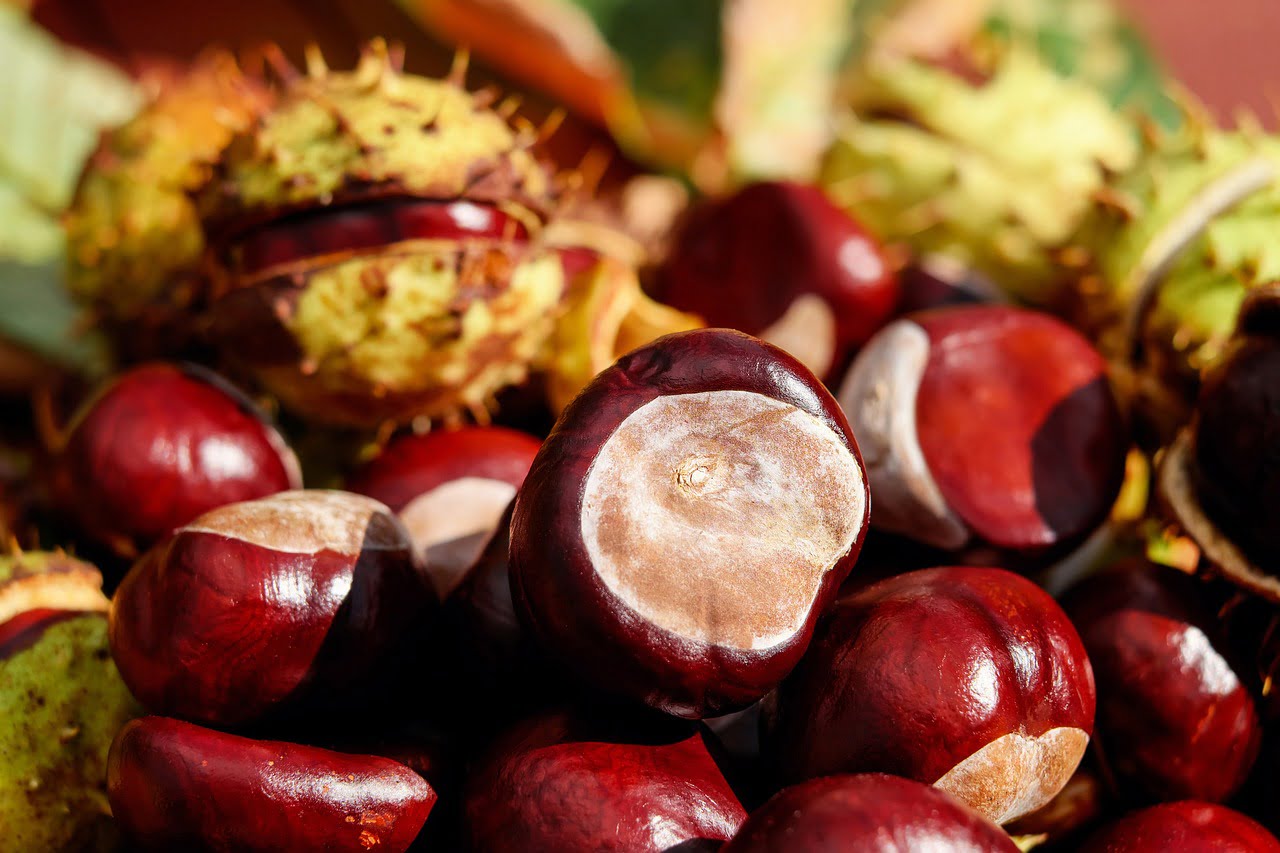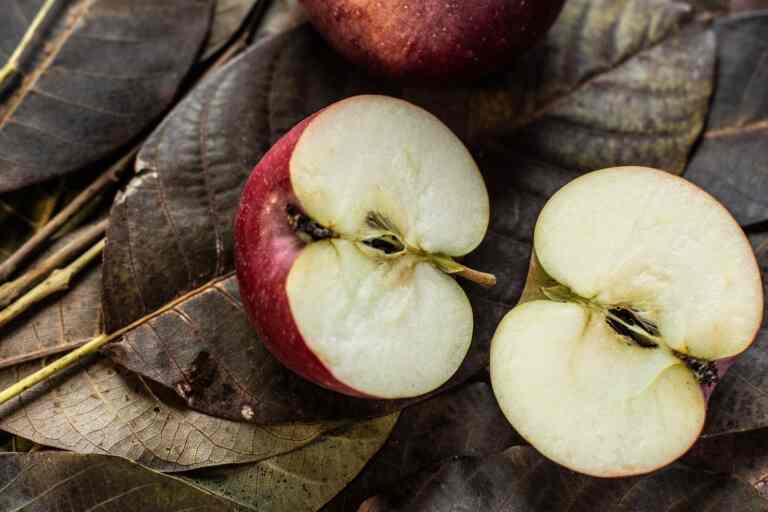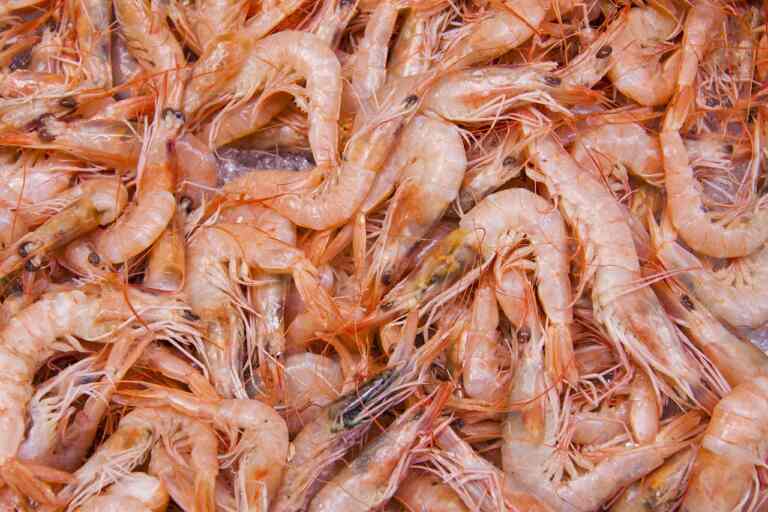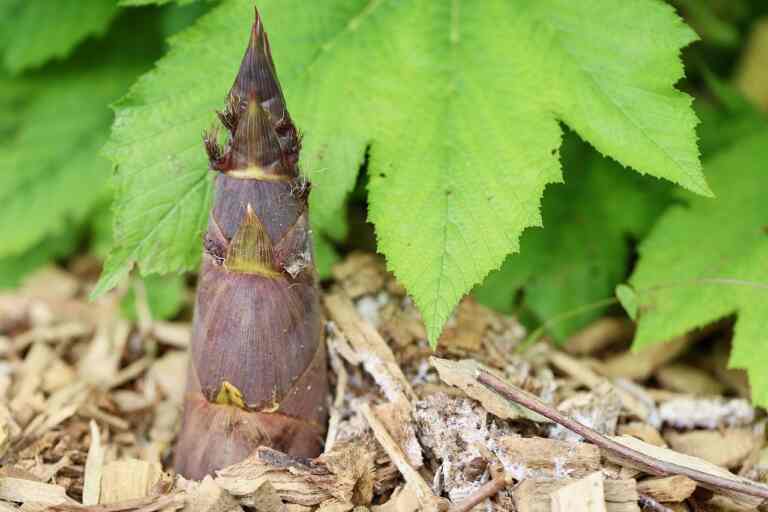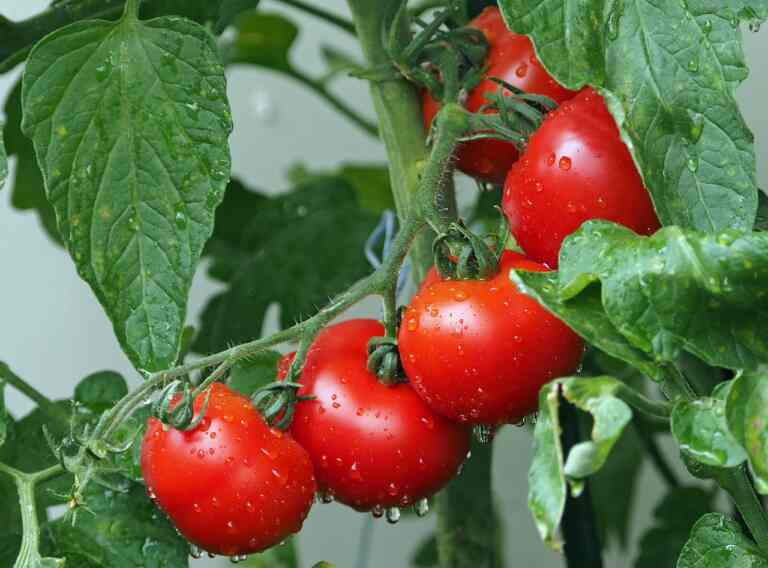Can we eat chestnuts?
Can we eat chestnuts? Nestled within prickly husks, chestnuts are nature’s hidden treasures, promising a delightful culinary experience for those willing to explore their unique flavors and textures. These glossy brown nuts have been enjoyed across the world for centuries, not only for their taste but also for their nutritional value. But can we eat chestnuts? The answer is a resounding yes, and their journey from forest floors to our dining tables is a tale worth exploring.
The Rich History of Chestnuts:
Chestnuts have a rich history, dating back thousands of years. They were a staple food for ancient civilizations, including the Greeks and Romans, and have been cultivated in Asia, Europe, and North America. In fact, chestnut trees were once known as the “bread trees” of the forest due to their importance as a food source.
Edible Chestnut Varieties:
Not all chestnuts are created equal when it comes to edibility. There are several species of chestnuts, but the most common and edible ones include the American chestnut (Castanea dentata), European chestnut (Castanea sativa), Chinese chestnut (Castanea mollissima), and Japanese chestnut (Castanea crenata). These varieties are safe to eat and are widely used in culinary applications.
Nutritional Benefits:
Chestnuts are not just delicious; they are also packed with essential nutrients. They are a good source of dietary fiber, vitamin C, folate, and various minerals such as potassium, manganese, and magnesium. Unlike other nuts, chestnuts are low in fat, making them a healthy choice for those watching their fat intake.
Culinary Uses:
Chestnuts can be enjoyed in a variety of ways. They can be roasted, boiled, steamed, or even turned into flour. Roasting chestnuts over an open flame is a beloved winter tradition in many cultures, creating a warm, earthy aroma that signals the arrival of the holiday season. Chestnut flour is used in baking, adding a sweet, nutty flavor to bread, cakes, and pastries. Additionally, chestnuts can be used in savory dishes, adding a delightful crunch and flavor to salads, stuffings, and sauces.
Chestnuts Around the World:
Different cultures have unique ways of incorporating chestnuts into their cuisine. In Italy, chestnuts are used in desserts like Mont Blanc, a sweet pastry made with chestnut puree. In France, they are a key ingredient in the classic French dish, Châtaignes au Naturel (boiled chestnuts). In Asia, especially in China, chestnuts are often used in stir-fries and desserts, showcasing their versatility in the kitchen.
Harvesting and Preparation:
Harvesting chestnuts can be a rewarding experience, but it requires careful attention. When foraging for chestnuts, it’s essential to choose nuts that are firm, heavy, and free of visible mold. Once harvested, chestnuts need to be peeled before consumption. This process involves scoring an “X” on the flat side of the nut and then roasting or boiling them, which makes the shells easier to remove.
Exploring the Unique Culinary World of Chestnuts:
Chestnuts, with their versatile nature, have found their way into various cuisines, both traditional and contemporary. Beyond the conventional uses, creative chefs have embraced the unique texture and flavor of chestnuts, incorporating them into innovative dishes. From creamy chestnut soups to hearty stews and flavorful sauces, chefs worldwide experiment with this nut to create culinary masterpieces that tantalize the taste buds and elevate dining experiences.
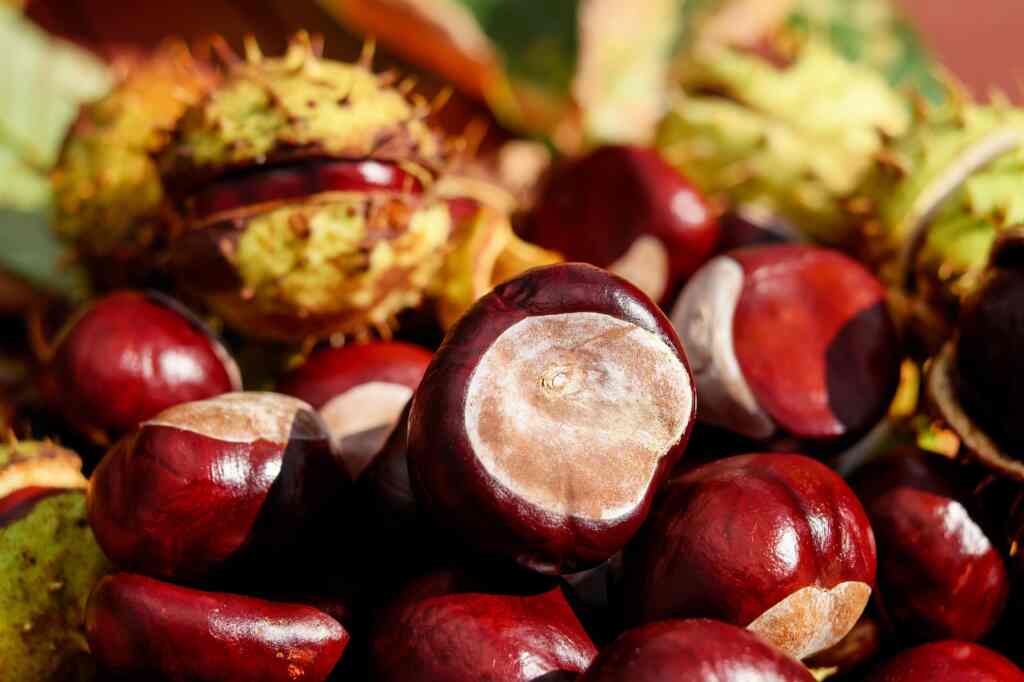
Chestnuts in Health and Wellness:
Beyond their delightful taste, chestnuts bring a myriad of health benefits to the table. Their low-fat content and high fiber make them an excellent choice for those aiming to maintain a balanced diet. Moreover, chestnuts contain antioxidants, which play a crucial role in combating oxidative stress in the body. These antioxidants can contribute to overall health and well-being, making chestnuts a valuable addition to a nutritious diet.
Sustainable Farming and Environmental Impact:
Chestnut trees also play a significant role in sustainable agriculture. They are often grown in mixed forests, enhancing biodiversity and promoting healthier ecosystems. Unlike other crops, chestnuts require minimal chemical inputs, making them an eco-friendly choice for farmers. Additionally, the trees help prevent soil erosion, making them essential for maintaining the health of agricultural landscapes.
Preserving Heritage and Tradition:
In many regions, chestnut festivals and celebrations are held to honor this humble nut. These events not only showcase the culinary delights of chestnuts but also preserve cultural heritage and traditions. Families pass down traditional recipes from one generation to another, ensuring that the art of working with chestnuts is not lost in the fast-paced modern world.
Challenges and Conservation Efforts:
Despite their historical significance and culinary importance, chestnut trees face challenges, especially from invasive pests and diseases. The American chestnut, once a dominant species in North American forests, was devastated by the chestnut blight in the early 20th century. Efforts are underway to restore these iconic trees through breeding programs and genetic research, highlighting the importance of conserving these valuable species.
Conclusion:
Chestnuts, with their rich history, nutritional benefits, and culinary versatility, are a true culinary gem. So, the next time you stumble upon a chestnut tree and wonder, “Can we eat chestnuts?” you can confidently say yes, and embark on a gastronomic adventure that spans continents and centuries. Whether enjoyed roasted by a winter fire or incorporated into a gourmet dish, chestnuts continue to captivate our taste buds and remind us of the wonders nature has to offer.
This article is reviewed by Russel, before publishing. If you have any doubt, you can contact us or consult with your nearby doctor. Remember, in medical matters, there is no same advice, cure, and medicine for all.

